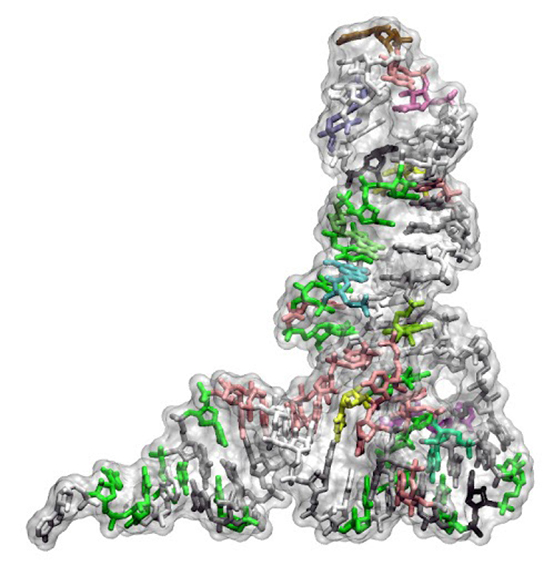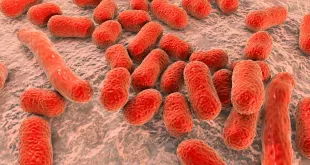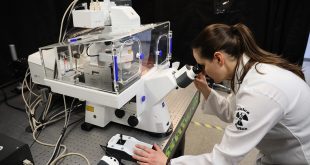A study performed at the Institute for Research in Biomedicine (IRB) Barcelona offers an explanation as to why the genetic code, the dictionary used by all organisms to translate genes into protein, stopped growing 3,000 million years ago. In Science Advances, a team of biologists specialized in the field explained a limitation that put the brakes on the further development of the genetic code.
The team of scientists demonstrated that the genetic code evolved to include a maximum of 20 amino acids and that it was unable to grow further because of a functional limitation of transfer RNAs – the molecules that serve as interpreters between the language of genes and that of proteins. They explained that that the machinery that translates genes into proteins is unable to recognize more than 20 amino acids because it would confuse them, which would lead to constant mutations in proteins and thus the erroneous translation of genetic information “with catastrophic consequences”.

The discovery could have applications in synthetic biology, where the goal is to increase the genetic code and to modify it to build proteins with different amino acids in order to achieve novel functions. Researchers usually use organisms such as bacteria in highly controlled conditions to make proteins of given characteristics, but the Barcelona study demonstrates that the conflict of identity between synthetic tRNAs designed in the lab and existing tRNAs has to be avoided if more effective biotechnological systems are to be achieved.
Photo credit: CREA researcher Lluís Ribas de Pouplana headed the IRB Barcelona study. Photo Credit: IRB Barcelona
Photo credit: A 3-D model of an tRNA molecule. Photo Credit: PabloDans, IRB Barcelona.
 BioLab Business Magazine Together, we reach farther into the Canadian Science community
BioLab Business Magazine Together, we reach farther into the Canadian Science community





